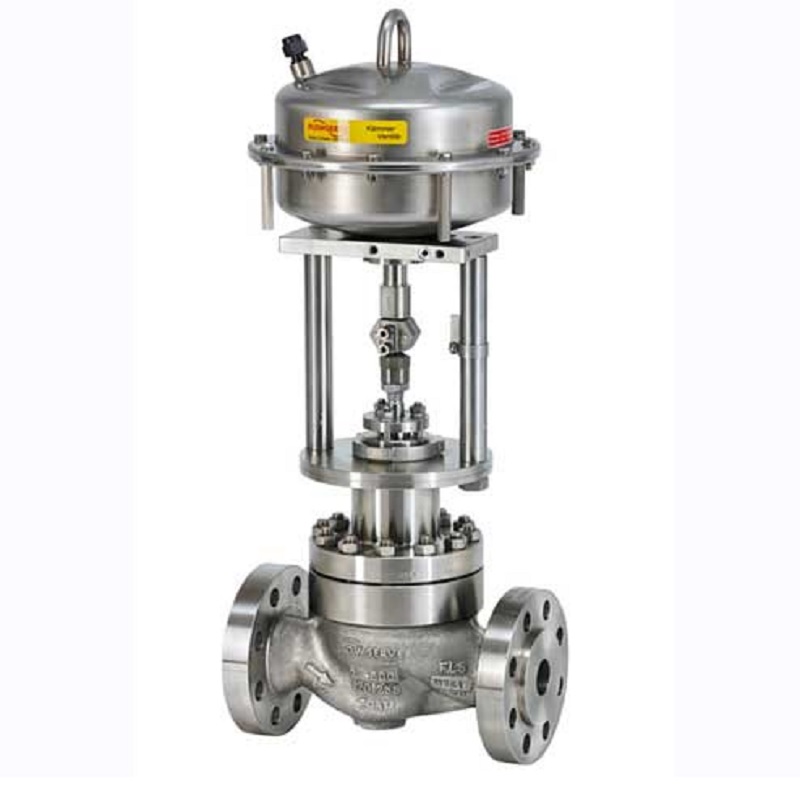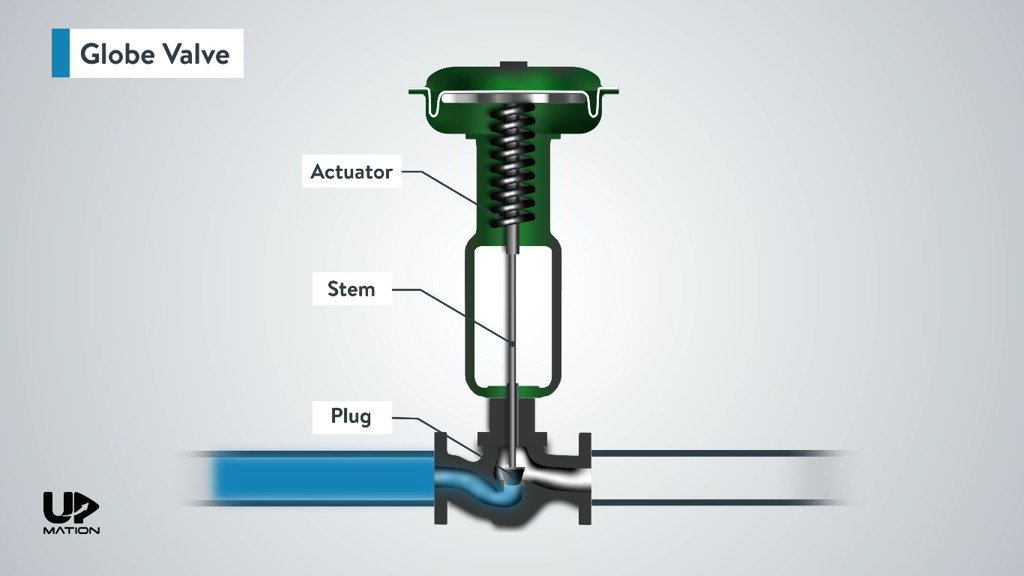The Duty of Control Valves in Fluid Circulation Administration Equipment
The Duty of Control Valves in Fluid Circulation Administration Equipment
Blog Article

Maximize Power Savings and Convenience With Advanced Building Automation Controls
In the world of contemporary design and center monitoring, the integration of advanced structure automation manages stands as a critical development. By utilizing the power of automation, structures can adjust, react, and develop in ways that were when inconceivable.
Power Effectiveness Benefits
Power efficiency advantages can substantially minimize power consumption and functional expenses in structures. Energy-efficient systems, such as sophisticated structure automation controls, can maximize the use of resources like heating, illumination, and air conditioning, leading to reduced power expenditures over time.
In addition, boosted energy efficiency can lengthen the life expectancy of structure equipment and systems. By operating extra efficiently, cooling and heating systems, light, and other structure elements experience much less damage, leading to lowered maintenance and substitute costs. In addition, energy-efficient buildings typically command greater property worths and rental rates, supplying long-lasting monetary advantages to proprietors.
In addition, energy performance can boost occupant convenience and efficiency. Appropriately regulated indoor atmospheres with optimal illumination and thermal conditions produce a more enjoyable and favorable work area, bring about boosted employee complete satisfaction and efficiency. On the whole, the energy efficiency advantages related to advanced structure automation controls are multifaceted, encompassing expense savings, environmental stewardship, and occupant wellness.
Improved Comfort Control
Enhancing comfort control in structure settings needs a sophisticated integration of innovative automation systems for optimal passenger health. By using innovative structure automation controls, centers can customize the indoor setting to fulfill the particular needs and preferences of passengers. control valves.
By including these advanced controls, structures can not only boost convenience however also enhance power effectiveness by optimizing system procedures based on real occupancy and use patterns. Ultimately, focusing on passenger convenience through innovative automation systems leads to an extra satisfying and much healthier indoor environment.
Operational Efficiency Improvements

Additionally, the application of real-time tracking and analytics tools enables building operators to recognize energy ineffectiveness and operational abnormalities immediately. By constantly keeping track of energy use patterns and system performance metrics, changes can be made in real-time to maximize energy usage and guarantee peak operational effectiveness. control valves. Furthermore, including need reaction techniques why not find out more right into building automation controls can additionally enhance operational performance by dynamically adjusting energy use based on grid problems and pricing signals
Indoor Environment Optimization
Efficient interior environment optimization is a fundamental aspect of building automation controls, ensuring residents' convenience and health while maximizing power financial savings. By making use of advanced sensing units and controls, developing automation systems can constantly adjust and keep track of temperature, humidity levels, air top quality, and ventilation to create an ideal indoor setting. Keeping regular and comfortable conditions not only enhances resident satisfaction however click additionally enhances performance and total well-being.
Indoor environment optimization also plays an essential duty in energy efficiency. By fine-tuning air flow, air conditioning, and heating systems based on real-time data and occupancy patterns, developing automation controls can dramatically decrease power intake - control valves. Executing methods such as demand-controlled ventilation and thermal zoning can aid reduce energy waste while ensuring that each location of the building obtains the necessary conditioning.

Lasting Setting Creation
Structure automation regulates not just enhance indoor environment problems for power performance and occupant comfort however additionally lay the foundation for producing a sustainable environment through strategic administration of resources and systems. By integrating advanced structure automation innovations, such as sensors, actuators, and smart software, centers can readjust and keep track of energy use in real-time to minimize waste and reduce their carbon impact. These systems make it possible for predictive upkeep, identifying possible issues before they intensify and enhancing devices performance to boost durability and efficiency.
Additionally, sustainable atmosphere production extends beyond energy monitoring to include water conservation, waste reduction, and interior air quality improvement. Building automation controls can control water use, detect leaks, and make sure appropriate garbage disposal techniques, contributing to general sustainability initiatives. Additionally, by monitoring and controlling ventilation and filtering systems, these modern technologies improve passenger wellness and productivity while lowering power consumption related to heating and cooling operations.
Conclusion
In final thought, advanced structure automation manages offer substantial advantages in terms of energy savings, comfort control, functional efficiency, interior climate optimization, and developing a lasting Full Report setting. By carrying out these controls, structures can attain ideal efficiency while decreasing energy intake and improving resident comfort. It is noticeable that using sophisticated automation modern technology is crucial in enhancing structure efficiency and developing an extra sustainable future.
Energy efficiency benefits can considerably minimize power consumption and functional costs in structures. Generally, the energy effectiveness advantages connected with sophisticated structure automation controls are complex, incorporating expense savings, environmental stewardship, and occupant health.
Additionally, including demand response techniques into building automation controls can better improve functional efficiency by dynamically readjusting energy usage based on grid problems and rates signals.
Building automation controls not only enhance interior climate conditions for energy efficiency and occupant comfort but also lay the structure for developing a sustainable atmosphere through tactical administration of sources and systems.In final thought, advanced building automation manages deal considerable benefits in terms of energy financial savings, convenience control, operational efficiency, indoor climate optimization, and producing a lasting environment.
Report this page